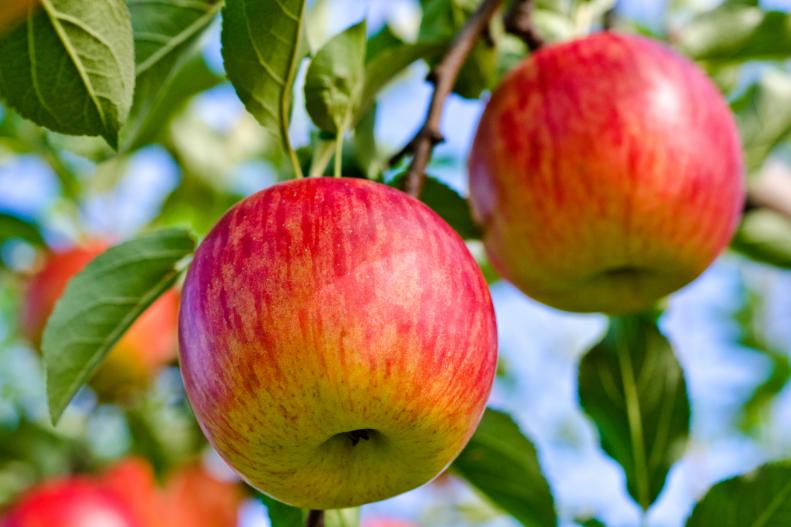1 / 7
Photo: Tthanyarat07/iStock
An Apple a Day
Fruit trees are a garden investment that reward for years to come. Most fruit trees happily do their thing--flowering, setting fruit, thinning and ripening--with little input. Abandoned orchards bear witness to this. But fruit trees are susceptible to a host of pest and disease issues. Click through our gallery to diagnose your fruit tree problems and learn some tips for solving these common issues.









